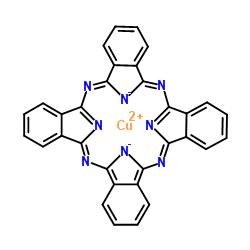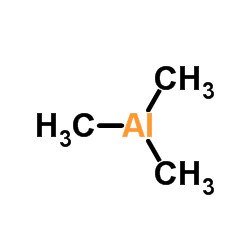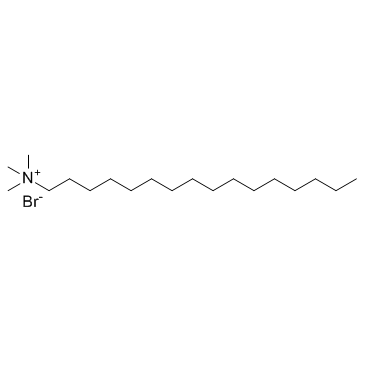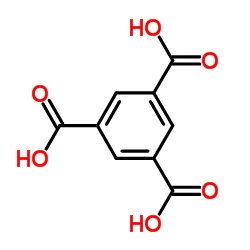| Structure | Name/CAS No. | Articles |
|---|---|---|
 |
1,1,1-trifluoro-5,5-dimethyl-2,4-hexanedione
CAS:22767-90-4 |
|
 |
C.I. Pigment Blue 15
CAS:147-14-8 |
|
 |
trimethylaluminum
CAS:75-24-1 |
|
 |
Hexadecyl trimethyl ammonium bromide
CAS:57-09-0 |
|
 |
Ammonium Chloride
CAS:12125-02-9 |
|
 |
Trimesic acid
CAS:554-95-0 |